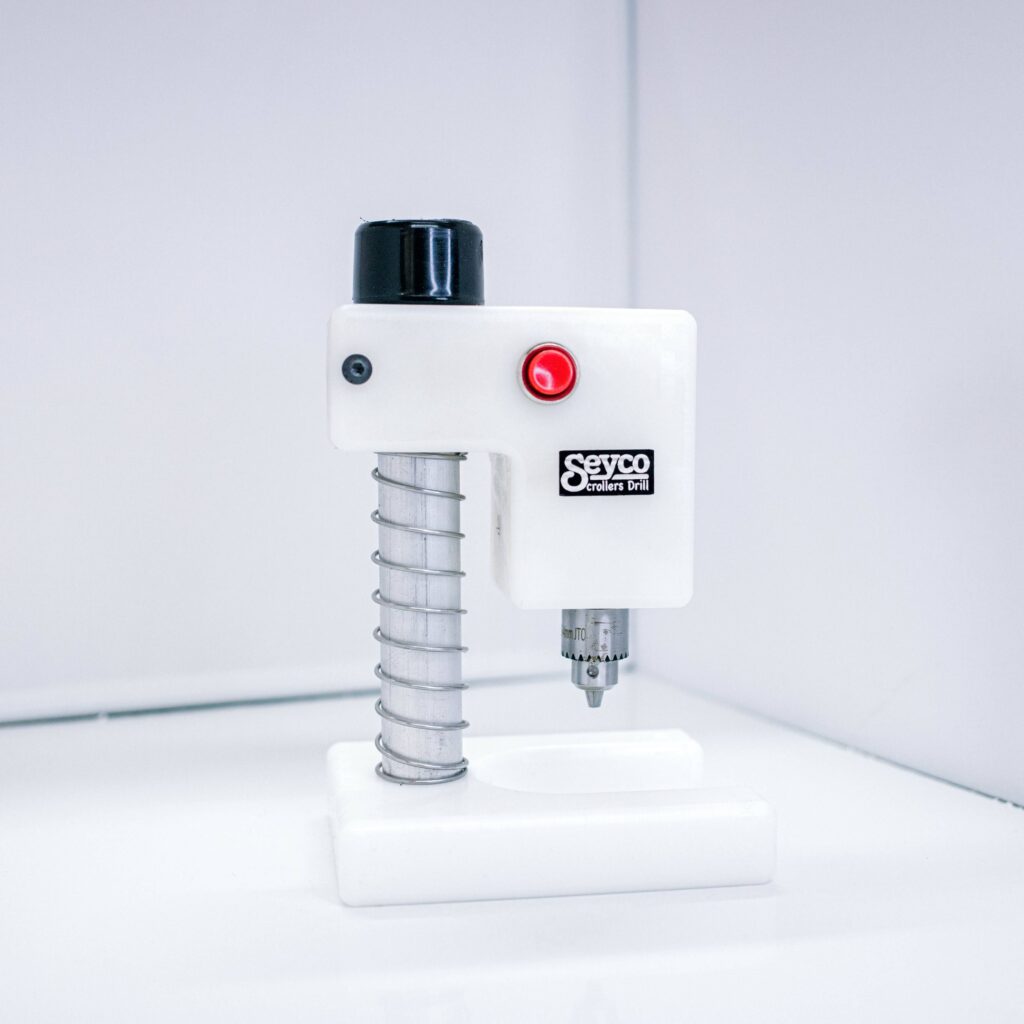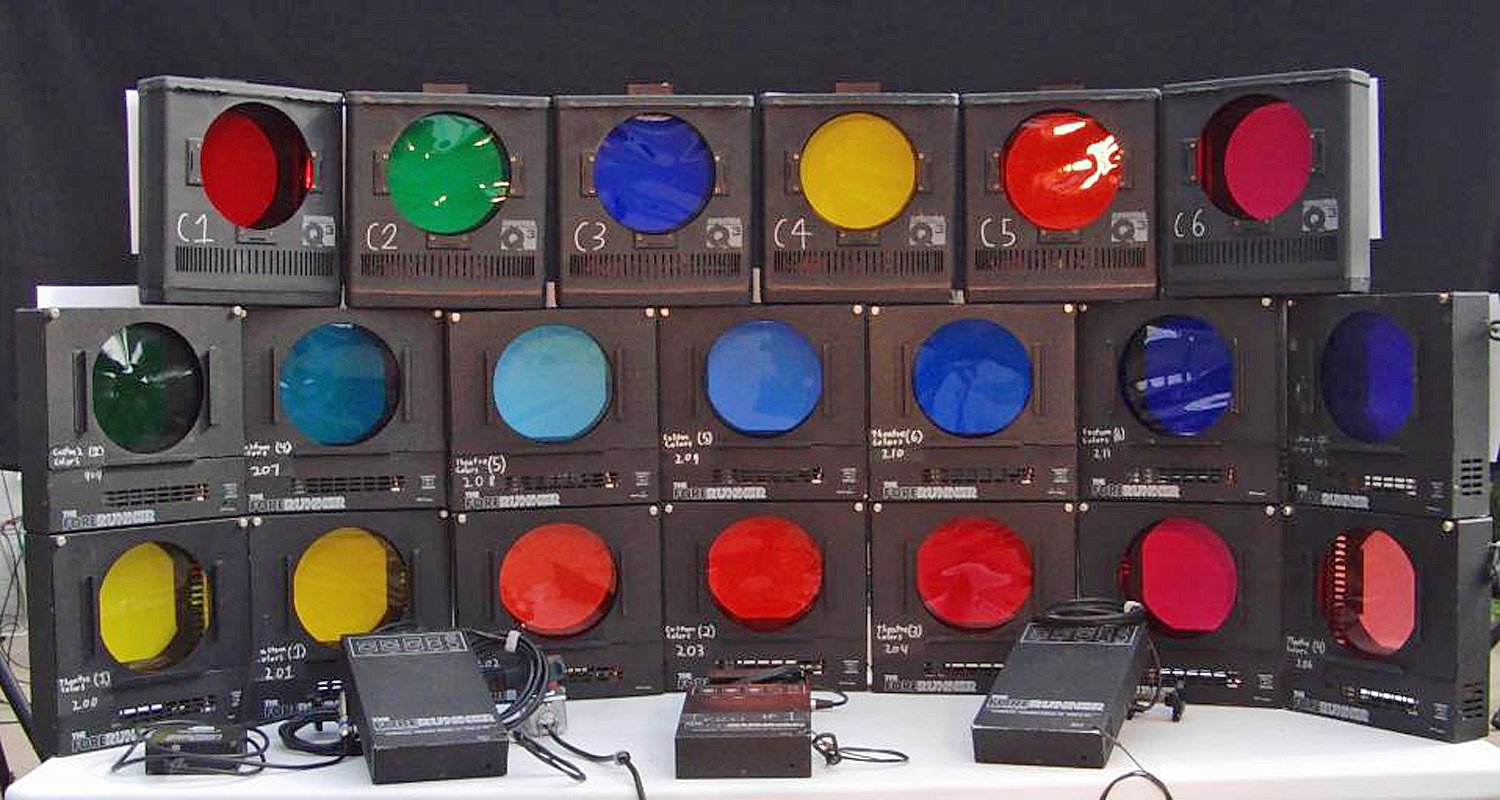What are scrolllers?
Scrollers are a type of computer input device that allows the user to move the cursor on the screen by rolling a ball with their thumb. They were first developed in the 1970s and were a popular input device for many years, but have since been largely replaced by mice.
Scrollers are typically small, handheld devices that are connected to the computer via a USB cable. They have a ball on the bottom that is rolled by the user's thumb. As the ball is rolled, the cursor on the screen moves in the corresponding direction.
Read also:Introducing The Phenomenal Dj Jong Ho Young A Musical Maestro
Scrollers are still used by some people today, although they are not as popular as they once were. They are particularly popular among gamers, as they can provide a more precise and responsive control than a mouse.
Scrollers
Scrollers are input devices that allow users to move the cursor on a computer screen by rolling a ball with their thumb. They were first developed in the 1970s and were once a popular input device, but have since been largely replaced by mice.
- Input device
- Cursor movement
- Rolling motion
- 1970s development
- Gaming use
- Precision control
- Ease of use
- Ergonomic design
Scrollers offer several advantages over mice, including precision control, ease of use, and ergonomic design. They are particularly popular among gamers, as they can provide a more precise and responsive control than a mouse. Scrollers are also a good choice for people who suffer from repetitive strain injuries, as they can reduce the amount of strain on the wrist and hand.
1. Input device
An input device is any hardware device that allows users to enter data and control a computer. Input devices include keyboards, mice, scanners, and joysticks. Scrollers are a type of input device that allows users to move the cursor on a computer screen by rolling a ball with their thumb.
Scrollers are an important component of computers, as they allow users to interact with the graphical user interface (GUI). Without a pointing device, users would have to use the keyboard to navigate the GUI, which would be much more difficult and time-consuming.
Scrollers are a relatively simple device, but they can be very effective for controlling the cursor. They are also relatively inexpensive, which makes them a good option for budget-minded users.
Read also:Googleapproved Wedding Website Welcome Message Discover Now
Here are some of the benefits of using a scrolller:
- Precision: Scrollers provide precise control over the cursor, making them ideal for tasks such as graphic design and video editing.
- Ease of use: Scrollers are easy to learn how to use, even for beginners.
- Ergonomics: Scrollers are designed to be ergonomic, which can help to reduce wrist and hand strain.
If you are looking for a precise, easy-to-use, and ergonomic pointing device, then a scrolller is a good option.
2. Cursor movement
Cursor movement is an essential part of using a computer. It allows users to interact with the graphical user interface (GUI), select objects, and perform a variety of tasks. Scrollers are a type of input device that allows users to move the cursor on a computer screen by rolling a ball with their thumb.
Scrollers are an important component of computers, as they provide a precise and efficient way to move the cursor. They are particularly useful for tasks that require precision, such as graphic design and video editing. Scrollers are also a good choice for people who suffer from repetitive strain injuries, as they can reduce the amount of strain on the wrist and hand.
Here are some of the benefits of using a scrolller for cursor movement:
- Precision: Scrollers provide precise control over the cursor, making them ideal for tasks that require precision.
- Ease of use: Scrollers are easy to learn how to use, even for beginners.
- Ergonomics: Scrollers are designed to be ergonomic, which can help to reduce wrist and hand strain.
- Compatibility: Scrollers are compatible with a wide range of computers and operating systems.
If you are looking for a precise, easy-to-use, and ergonomic way to move the cursor on your computer, then a scrolller is a good option.
3. Rolling motion
A rolling motion is a type of motion in which an object moves along a surface while rotating about an axis that is parallel to the surface. Scrollers are a type of input device that uses a rolling motion to move the cursor on a computer screen.
The rolling motion of a scrolller is generated by a ball that is located on the bottom of the device. When the user rolls the ball with their thumb, the ball rotates and causes the cursor on the screen to move in the corresponding direction.
The rolling motion of a scrolller is important because it allows the user to move the cursor with precision and control. This is essential for tasks such as graphic design, video editing, and gaming.
Here are some of the benefits of using a scrolller with a rolling motion:
- Precision: The rolling motion of a scrolller provides precise control over the cursor, making it ideal for tasks that require precision.
- Ease of use: Scrollers are easy to learn how to use, even for beginners.
- Ergonomics: Scrollers are designed to be ergonomic, which can help to reduce wrist and hand strain.
- Compatibility: Scrollers are compatible with a wide range of computers and operating systems.
If you are looking for a precise, easy-to-use, and ergonomic way to move the cursor on your computer, then a scrolller with a rolling motion is a good option.
4. 1970s development
The development of scrollers in the 1970s was a significant milestone in the history of computer input devices. Prior to the development of scrollers, the most common input device was the joystick, which was used to control the movement of objects on a screen. However, joysticks were not very precise, and they were difficult to use for tasks that required fine control.
- Precision
Scrollers were much more precise than joysticks, and they allowed users to control the movement of the cursor on a screen with greater accuracy. This made scrollers ideal for tasks such as graphic design and video editing.
- Ease of use
Scrollers were also much easier to use than joysticks. Joysticks required users to use both hands to control the movement of the cursor, while scrollers could be used with just one hand. This made scrollers a more accessible input device for people with disabilities.
- Ergonomics
Scrollers were also more ergonomic than joysticks. Joysticks could cause wrist and hand strain, while scrollers were designed to be more comfortable to use for extended periods of time.
- Cost
Scrollers were also less expensive than joysticks, which made them a more affordable option for consumers.
The development of scrollers in the 1970s revolutionized the way that people interacted with computers. Scrollers were more precise, easier to use, more ergonomic, and less expensive than joysticks, which made them the ideal input device for a wide range of tasks.
5. Gaming use
Scrollers are a popular input device for gaming, particularly for first-person shooter (FPS) and real-time strategy (RTS) games. This is because scrollers offer a number of advantages over other input devices, such as mice and joysticks.
- Precision: Scrollers provide a high degree of precision, which is essential for aiming in FPS games and controlling units in RTS games.
- Speed: Scrollers are very fast, which allows gamers to react quickly to changes in the game environment.
- Ergonomics: Scrollers are designed to be ergonomic, which reduces the risk of wrist and hand strain.
- Customization: Scrollers can be customized to suit the individual needs of gamers, such as by adjusting the sensitivity and DPI (dots per inch).
As a result of these advantages, scrollers are the preferred input device for many professional gamers. In fact, some games, such as Quake and Unreal Tournament, are specifically designed to be played with a scrolller.
6. Precision control
Precision control is a critical aspect of using scrollers, as it allows users to move the cursor on a computer screen with a high degree of accuracy. This is essential for tasks such as graphic design, video editing, and gaming.
- Accuracy
Scrollers use a rolling ball to track the movement of the user's hand, which provides a high degree of accuracy. This is important for tasks such as selecting small objects on the screen or making precise adjustments to images.
- Responsiveness
Scrollers are very responsive, which means that they can track the movement of the user's hand very quickly. This is important for tasks such as playing fast-paced games or editing videos.
- Customization
Many scrollers allow users to customize the sensitivity and DPI (dots per inch), which allows them to fine-tune the performance of the scrolller to suit their individual needs.
- Ergonomics
Scrollers are designed to be ergonomic, which means that they are comfortable to use for extended periods of time. This is important for users who spend a lot of time working on their computers.
Overall, precision control is a key feature of scrollers that makes them a valuable input device for a wide range of tasks.
7. Ease of use
Scrollers are known for their exceptional ease of use, a quality that has contributed to their widespread adoption and popularity. This attribute manifests itself in several key facets:
- Simplicity
Scrollers are designed with simplicity in mind. They typically feature a single ball and a few buttons, making them easy to understand and operate. This simplicity extends to their installation and configuration, which can be completed in a matter of minutes.
- Comfort
Scrollers are designed to be comfortable to use, even for extended periods. They are typically lightweight and ergonomically shaped to fit comfortably in the hand. This comfort is essential for users who spend long hours working on their computers.
- Customization
Scrollers often offer a range of customization options, allowing users to tailor the device to their specific needs. These options may include adjustable DPI settings, button programmability, and scroll wheel tension. This customization ensures that users can find a configuration that is both comfortable and efficient.
- Compatibility
Scrollers are compatible with a wide range of computers and operating systems. This compatibility makes them a versatile input device that can be used with almost any computer setup.
Overall, the ease of use of scrollers makes them an ideal choice for users of all levels, from casual computer users to professional gamers.
8. Ergonomic design
Ergonomic design is the science of designing products, systems, and environments to fit the human body and its needs. When applied to scrollers, ergonomic design can help to reduce the risk of pain and discomfort, and improve overall productivity.
There are several key ergonomic considerations for scrollers, including:
- Size and shape: The size and shape of the scrolller should fit comfortably in the hand, and the buttons should be easy to reach and press.
- Weight: The scrolller should be light enough to be used for extended periods of time without causing fatigue.
- Materials: The materials used in the scrolller should be comfortable to the touch and easy to clean.
- Features: The scrolller should have features that support ergonomic use, such as a scroll wheel with a comfortable grip and adjustable DPI settings.
By following these ergonomic design principles, manufacturers can create scrollers that are comfortable to use and help to reduce the risk of pain and discomfort.
Here are some examples of ergonomic scrollers on the market:
- Logitech MX Master 3
- Microsoft Sculpt Comfort Mouse
- Evoluent VerticalMouse 4
These scrollers are all designed to fit comfortably in the hand and reduce the risk of pain and discomfort. They are also packed with features that support ergonomic use, such as adjustable DPI settings and scroll wheels with comfortable grips.
If you are looking for a scrolller that is comfortable to use and helps to reduce the risk of pain and discomfort, then you should consider an ergonomic scrolller.
FAQs about Scrollers
In this section, we aim to provide answers to some common questions and misconceptions regarding scrollers. These frequently asked questions are carefully curated to address key concerns and shed light on essential aspects of scrollers.
Question 1: What are the primary advantages of using a scrolller compared to other pointing devices like mice?
Answer: Scrollers offer several notable advantages over mice, including enhanced precision, superior ergonomics, and customizable settings. The precision of scrollers makes them ideal for intricate tasks such as graphic design and video editing, while their ergonomic design promotes comfort during prolonged use. Additionally, scrollers often provide customizable options like adjustable DPI and button programmability, allowing users to tailor the device to their specific preferences.
Question 2: Are scrollers suitable for gaming applications?
Answer: Yes, scrollers have gained popularity among gamers, particularly in first-person shooter (FPS) and real-time strategy (RTS) games. Their precision and responsiveness make them well-suited for fast-paced gaming environments, enabling gamers to execute precise movements and commands. Moreover, many scrollers come equipped with additional programmable buttons, providing gamers with quick access to in-game functions.
Question 3: How does the rolling motion of a scrolller translate into cursor movement on the screen?
Answer: The rolling motion of a scrolller is precisely translated into cursor movement on the screen through a mechanism involving an internal ball and sensors. As the scrolller is moved, the ball inside rotates, and the sensors detect these rotations, converting them into corresponding cursor movements. This mechanism provides a smooth and intuitive control over the cursor, allowing users to navigate the screen with accuracy and efficiency.
Question 4: Are scrollers compatible with various operating systems and devices?
Answer: Yes, scrollers are generally compatible with a wide range of operating systems, including Windows, macOS, and Linux. They can be seamlessly integrated with desktops, laptops, and even some mobile devices. This compatibility ensures that users can enjoy the benefits of scrollers regardless of their preferred operating system or device.
Question 5: How can I maintain and care for my scrolller to ensure its longevity?
Answer: Regular maintenance and care are essential to prolong the lifespan of a scrolller. Simple steps like cleaning the scroll ball and sensors periodically can help prevent dust and debris accumulation, which can interfere with its smooth operation. Additionally, avoiding exposure to extreme temperatures and protecting the scrolller from accidental drops or impacts contributes to its durability.
In summary, scrollers offer a unique combination of precision, ergonomics, and customization, making them suitable for various tasks, including graphic design, video editing, gaming, and general computer use. By understanding their benefits and caring for them properly, users can maximize the performance and longevity of their scrollers.
For further inquiries or in-depth exploration of scrollers, please refer to the provided resources or consult with reputable tech experts and enthusiasts.
Conclusion
Throughout this article, we have explored the fascinating world of scrollers, uncovering their unique characteristics, advantages, and applications. From their inception in the 1970s to their continued relevance in modern computing, scrollers have proven to be a versatile and valuable input device.
Their precision control, ergonomic design, and customizable features make scrollers ideal for a wide range of tasks, from intricate graphic design to fast-paced gaming. Whether you're a professional artist, an avid gamer, or simply someone looking for a more comfortable and efficient way to navigate your computer, a scrolller can significantly enhance your user experience.
As technology continues to evolve, we can expect to see even more innovative and advanced scrollers emerge in the future. With their proven track record of precision, comfort, and versatility, scrollers are poised to remain an essential tool for anyone who interacts with computers.


